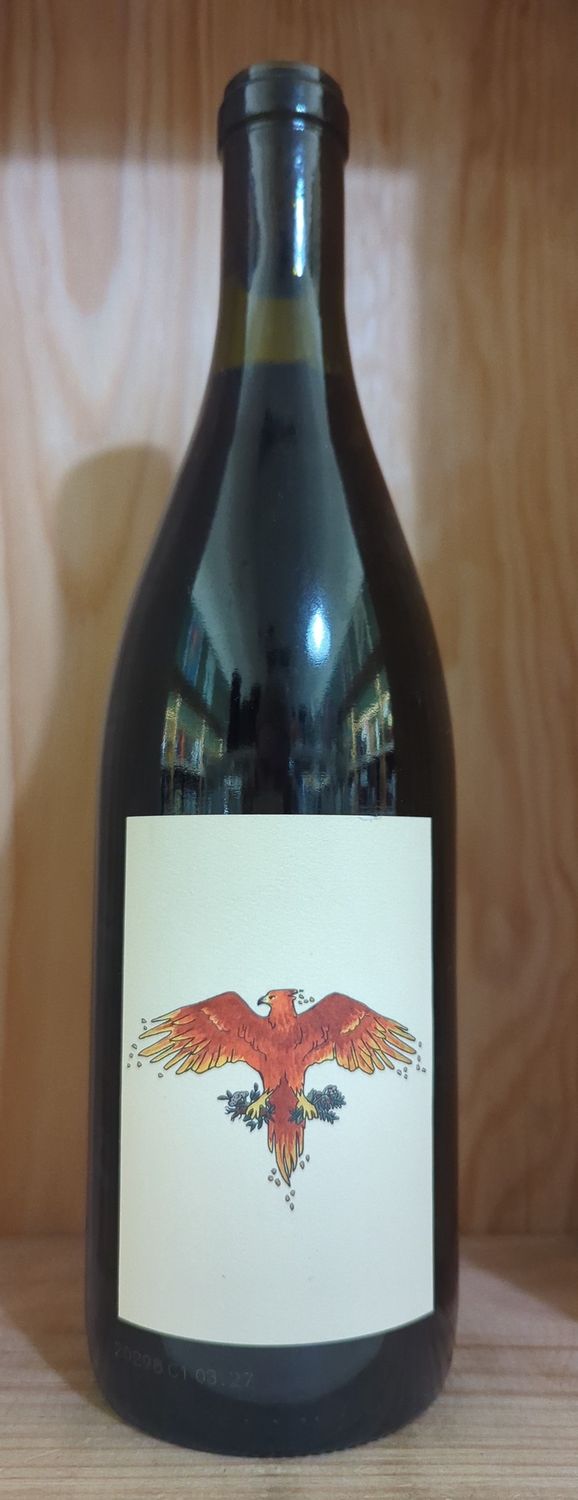KELLEY FOX RED VERMOUTH 750ML
"Colour- true red with blue and dark pink undertones. A delight to the eyes. Brilliant clarity. This is a botanical Pinot noir from my wines.
Sweetness- this is a sweet vermouth similar in approach to those produced in Piedmont (i.e., Vergano) but is uniquely Oregon with regard to both the base wine and the plants Stephanie sourced.
Plants: Many of the plants are ethically wildcrafted or organically grown in Oregon, with the exception of some that don't grow here, such as the spices. Wormwood, rose, elderflower, Angelica, chamomile, mugwort, hyssop, and lemon balm are a few of the Oregon plants Stephanie sourced and prepared for this vermouth. Recommendations: I drink this like I drink fine wine, and it’s best slightly chilled or at cellar temperature. Please cellar this vermouth like you would any fine wine. Keeps up to a week if refrigerated after opening.
Pinot noir base wine appellation: Willamette Valley A.V.A. (I made the base wine and provided the Pinot for distillation into brandy by Lynsee Sardell of Big Wild Spirits-my Maresh Vineyard Pinot noir 2020) Picking dates for base wine: 49% Freedom Hill Vineyard Pinot noir- 24 September 2020
30 % Canary Hill Vineyard Pinot noir-29 September 2020
21% Maresh Vineyard Pinot noir-28 and 29 September 2020
Élevage of the base wine: seven months in neutral, tight-grained French oak (Burgundy) barrels. Malolactic fermentation complete.
Bottling Date: 28 May 2021
Alcohol: 15.5 % (this is the actual alcohol as tested by an independent laboratory-the labels were government approved and printed in advance of assembling the vermouth)
Stephanie’s words for the vermouth that she so lovingly made: “This wine tips its hat to the ancient connection of humans and plants– the true beginnings of vermouth and all botanical wines that came before and since. While we can't make any curative or medicinal claims, we can confirm the inclusion of 35 plants that each carry their own vital force, among the vitality of the wine itself. The ancients knew. Our bodies still know. In this regard, at minimum, we can think of this wine as a tasty aperitif before a meal to get the digestive juices flowing, and/or as a digestif post-meal to help break it all down. (A key component of our physical connection and response to the plants is their bitter flavor compounds, which stimulate digestive functioning via bitter receptors that are located not only on our tongue, but also in our stomach, lungs, heart and various other places throughout our body. For those who shy away from the idea of bitter, know that a key goal in the recipe creation was DELICIOUSNESS, which our taste tests confirmed with vermouth and non-vermouth fans alike.)"
